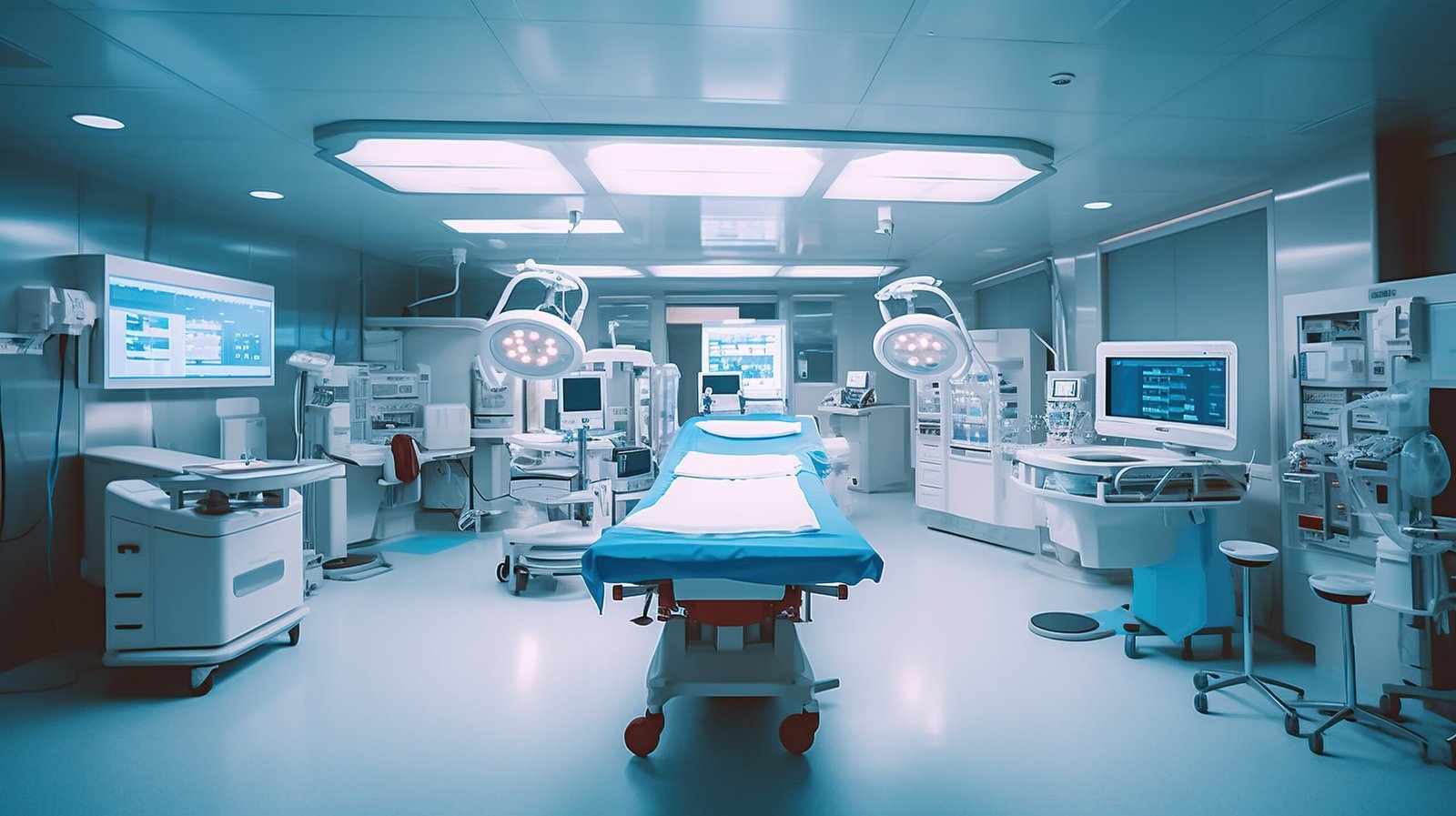A Step-by-Step Guide to Setting Up a New ICU with Reliable Equipment
ICU Installation Guide
Setting up a new Intensive Care Unit (ICU) is one of the most crucial projects for any hospital or healthcare facility. An ICU requires a blend of advanced medical equipment, safety infrastructure, and efficient workflow design to ensure seamless patient care. Missing even one element can compromise treatment outcomes.
To help hospital administrators, engineers, and planners, here’s a step-by-step guide to setting up a new ICU with reliable equipment.
Step 1: Assess Space and Infrastructure Requirements
- Calculate the number of ICU beds based on patient demand.
- Ensure sufficient floor area per bed (generally 150–200 sq. ft.).
- Plan for proper ventilation, air conditioning, and infection control systems.
- Allocate space for staff movement, storage, and quick access to emergency supplies.
Step 2: Design a Robust Medical Gas Pipeline System (MGPS)
A reliable supply of oxygen, compressed air, nitrous oxide, and vacuum is non-negotiable in an ICU.
- Install bed head panels with outlets for gases, power sockets, and data points.
- Choose certified pipelines, valves, and alarm systems for uninterrupted gas flow.
- Ensure redundancy with backup cylinders and emergency oxygen manifolds.
Step 3: Choose Essential ICU Equipment
Every ICU must have the right mix of life-support and monitoring systems. Key equipment includes:
- Ventilators for respiratory support.
- Patient Monitors for real-time tracking of vitals.
- Infusion & Syringe Pumps for accurate drug delivery.
- Defibrillators for cardiac emergencies.
- Suction Units connected to the MGPS.
- Crash Carts stocked with emergency drugs and tools.
Step 4: Plan for Infection Control and Hygiene
- Use antimicrobial-coated furniture and panels.
- Install hand hygiene stations at every entry point.
- Ensure medical waste disposal systems comply with biomedical waste norms.
- Provide negative-pressure rooms for infectious patients if possible.
Step 5: Power Backup and Safety Systems
- Set up uninterrupted power supply (UPS) for life-support equipment.
- Install fire safety systems in compliance with hospital regulations.
- Provide adequate lighting with emergency backup.
- Integrate nurse call and alarm systems for quick staff response.
Step 6: Staff Training and Equipment Familiarization
Even the best ICU setup fails without trained staff.
- Train doctors, nurses, and technicians on proper equipment use.
- Conduct regular mock drills for emergencies (cardiac arrest, power failure, oxygen failure).
- Keep maintenance staff trained for troubleshooting MGPS and other systems.
Step 7: Maintenance & After-Sales Support
- Schedule regular preventive maintenance for all critical equipment.
- Partner with a manufacturer who offers spare parts, calibration, and quick service.
- Keep a log of equipment checks to ensure accountability and reliability.
Final Thoughts
Setting up an ICU is not just about buying equipment—it’s about creating a safe, reliable, and patient-focused environment. With proper planning, high-quality medical gas systems, certified equipment, and regular maintenance, hospitals can deliver world-class critical care.
At Technomed, we provide end-to-end solutions for ICU setups—from medical gas pipeline systems to bed head panels and monitoring equipment—ensuring safety, compliance, and long-term reliability.
Planning to set up or upgrade your ICU? Contact Technomed for expert guidance and turnkey solutions.




